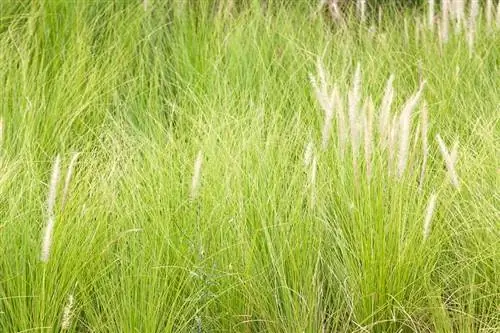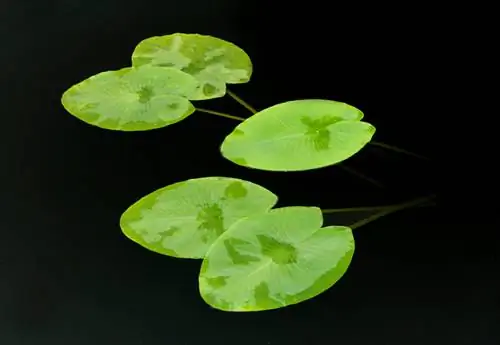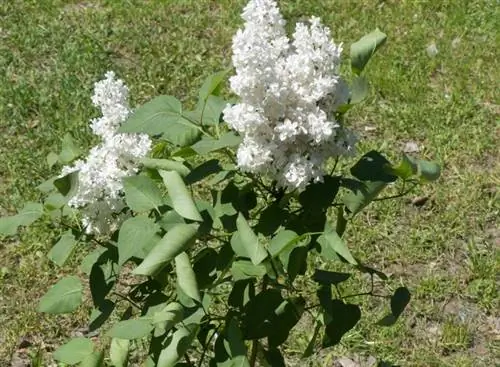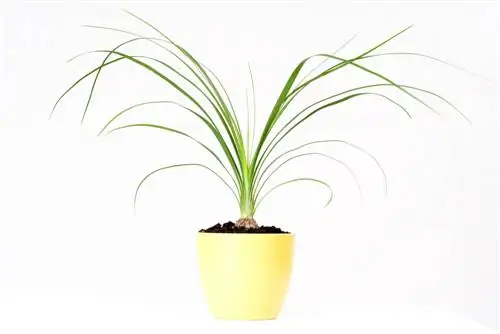- Author admin [email protected].
- Public 2023-12-16 16:46.
- Last modified 2025-01-23 11:21.
Buddleia is considered an extremely undemanding ornamental shrub that literally “grows like a weed”. In fact, you have to cut the plant down regularly so that it produces numerous new shoots and thus flowers - and does not become bald from below. Sometimes, however, the buddleia doesn't really want to grow, which is always a clear sign that it doesn't really like the location, the soil and/or the care.
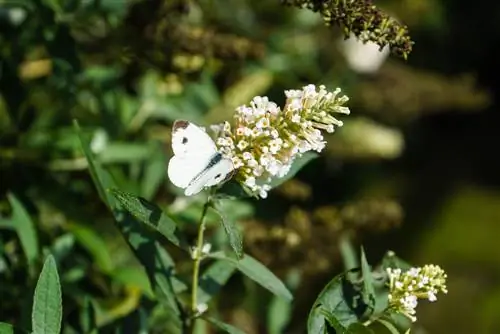
Why isn't my buddleia growing?
If the buddleia doesn't grow, it could be due to the wrong location, a lack of nutrients, heavy soil, waterlogging or disease. For good growth, the shrub needs sufficient sun, nutrients and well-drained soil.
Causes of low growth
If the buddleia doesn't grow, it can have various reasons. It is important that you first start looking for the specific cause and do not take immediate action. Only when the reason has been found can it be eliminated - with the result that the shrub finally grows as desired.
Wrong location
One of the most common reasons for a lack of growth in buddleia is a location that is too dark. The shrub needs a lot of sun and warmth - if it is in partial shade or even shade, it will not feel comfortable and will not grow as desired. The reason for this is the lack of photosynthesis: the plant simply cannot convert enough light into sugar, which in turn is needed for growth.
Nutrient Deficiency
In general, a lack of nutrients can be another reason for poor growth. Although the buddleia prefers to grow in well-drained, sandy soil, it needs a regular supply of compost (€43.00 on Amazon), horn shavings and possibly stable manure. Ideally, you should carefully work this natural fertilizer into the root disc twice a year - once when budding and once in early summer.
Soil too heavy / waterlogging
If the soil is too heavy and/or even too wet, not only growth suffers. Place the buddleia in a more suitable substrate as quickly as possible or improve the existing one by mixing in sand, grit and, if necessary, compost.
Buddleia frozen in winter
Buddleja davidii in particular sprouts reliably from its roots every year despite frozen shoots - as long as they themselves have not been damaged by the frost. For this reason, you should always cover the root disc with light winter protection, for example with fir or spruce branches, and pack container specimens to protect them from frost.
Tip
Illnesses such as powdery mildew, which occurs more frequently in wet summers, can also have a negative impact on growth. In the example mentioned, only severe pruning and treatment with a decoction of field horsetail often helps.


